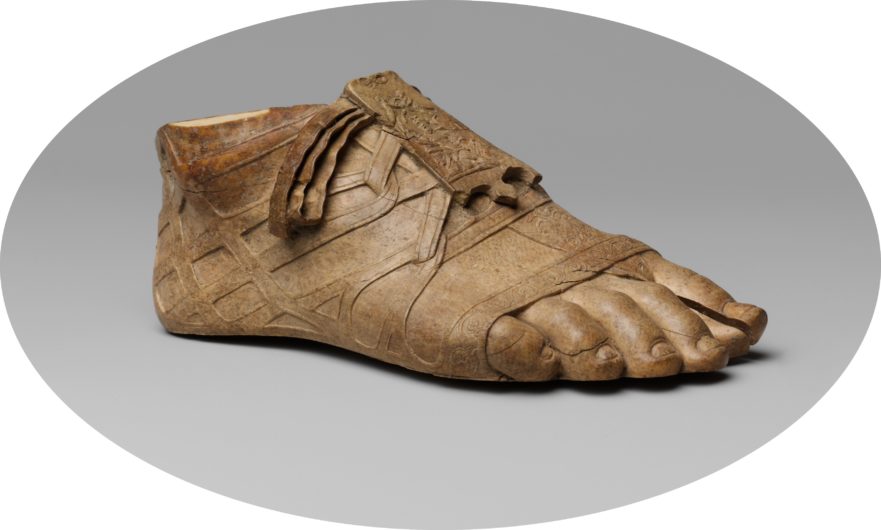Jewish sages and their disciples were dependent upon the hospitality of the communities they visited.
Hebrew Nuggets, Lesson 11: Hallelujah (Part 3)
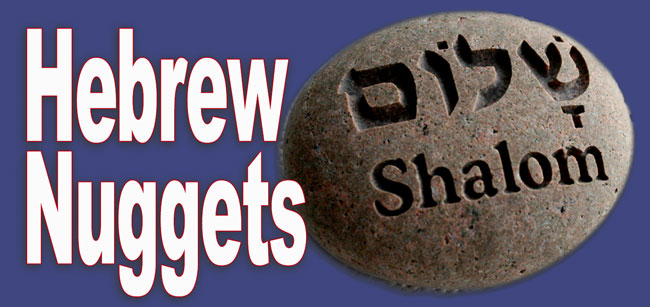
Last of the three-part series on the Hebrew word “Hallelujah.”
Discovering Longer Gospel Stories

Research by Robert L. Lindsey has helped clarify the process by which gospel texts were preserved and transmitted. Luke desired, he said in his prologue, to present to Theophilus an “orderly” account. Such ordering is to be noted in Matthew and Mark, as well. These attempts at ordering help us understand why so many of the synoptic gospel stories appear in a different chronological order from gospel to gospel.
Hebrew Nuggets, Lesson 10: Hallelujah (Part 2)

The Hebrew word ha·le·lu·YAH is used as the next object lesson in Hebrew Nuggets.
The Lord’s Prayer 2: “Our Father Who Art in Heaven”
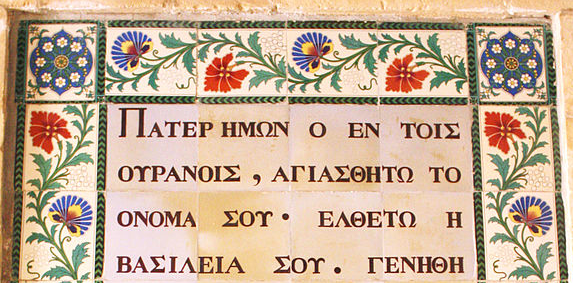
The description of God as “father” is not coincidental. The father figure was of great significance in the Hebrew family.
The Traveling Sage

Jewish teachers of first-century Israel lacked the sophisticated methods of mass communication we have today. Consequently, the sages of Jesus’ day spent much of their time traveling throughout the country, much like the biblical prophets, to communicate their teachings and interpretations of Scripture.
Was Jesus a Rabbi?
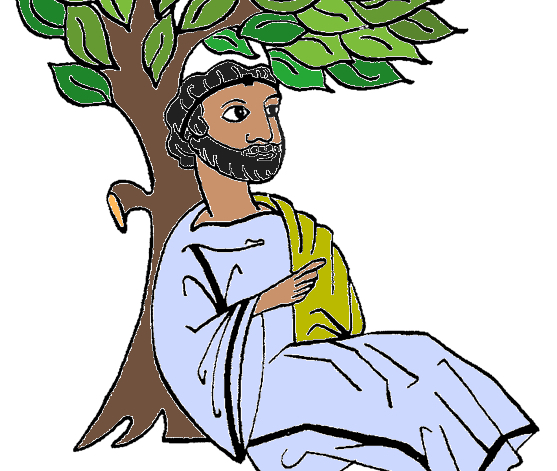
It was only after 70 A.D. that רַבִּי (rabi) became a formal title for a teacher, and thus cannot correctly be applied to Jesus.
The “How Much More” Rabbinic Principle of Interpretation in the Teaching of Jesus
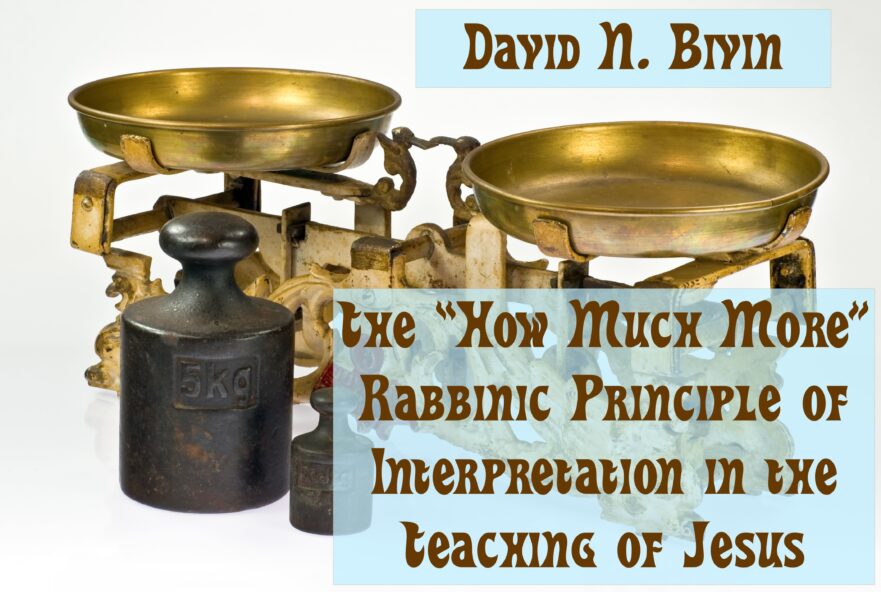
The use of simple-to-complex reasoning (kal vahomer in Hebrew) is as frequent in the teaching of Jesus as in the teaching of the sages.
Hebrew Nuggets, Lesson 9: Hallelujah (Part 1)

The Hebrew word ha·le·lu·YAH is used as the next object The Hebrew word ha·le·lu·YAH is used as the next object lesson in Hebrew Nuggets
Hebrew Nuggets, Lesson 8: Abba (Part 4)

Abba is an Aramaic word meaning “the father.” This word was borrowed by Hebrew speakers and used in the sense of “Daddy.” In lesson eight, the word Abba is used to teach another Hebrew letter.
Jesus and the Oral Torah: Did Jesus Wear Phylacteries?

The Gospels attest to the fact that Jesus had tassels on the four corners of his outer robe (Matt. 9:20; 14:36; Mark 6:56; Luke 8:44). Although there is no explicit evidence in the Gospels, we have reason to suggest that he also may have worn phylacteries.
Salted with Fire

Among the difficult sayings of Jesus, Mark 9:49 is one of the most enigmatic. Almost all previous explanations of this verse have dealt with the Greek text, but like many of the difficult sayings of Jesus, this one simply cannot be explained from the Greek alone.
How Long Was Jesus in the Tomb?
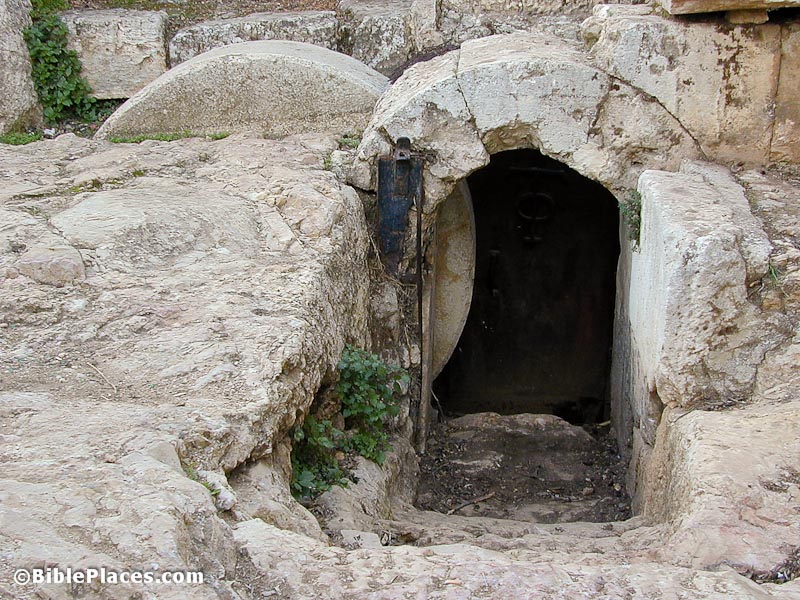
Jesus said he would remain in the grave until the third day after his death. If Jesus was buried on late Friday afternoon, how long would he have had to remain in the tomb to fulfill his prophecy about his resurrection?
The Queen of Teman

Why didn’t Jesus say “Queen of Sheba,” which is found in the Bible, instead of “Queen of the South”?
Jesus and the Oral Torah: The Hem of His Garment
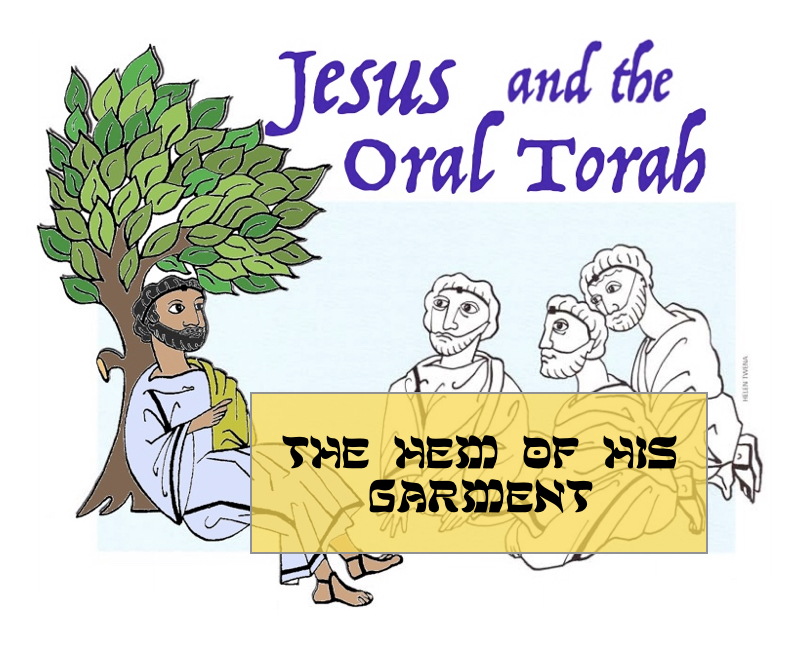
The New Testament makes it clear that Jesus, like all observant Jews of the first century, wore tsitsiyot. These are the tassels that were attached to the four corners of one’s robe as commanded in Numbers 15 and Deuteronomy 22. Jesus’ observance of this commandment is dramatically illustrated by the story of the woman who suffered from a hemorrhage for twelve years.
Hebrew Nuggets, Lesson 7: Abba (Part 3)

Abba is an Aramaic word meaning “the father.” This word was borrowed by Hebrew speakers and used in the sense of “Daddy.” In lesson seven, the word Abba is used to teach another Hebrew letter.
Jesus and the Oral Torah: Tithing
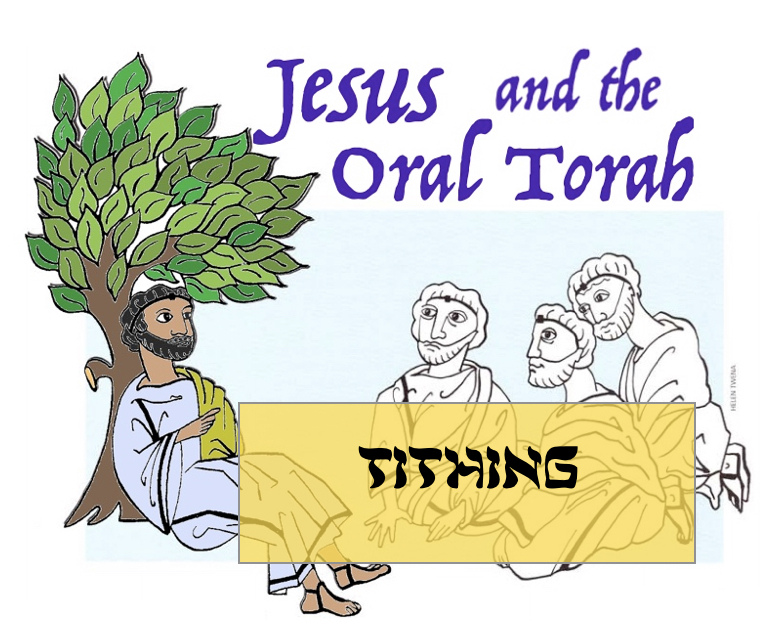
Did Jesus observe the commandment to tithe as it was interpreted in the Oral Torah?
Hebrew Nuggets, Lesson 6: Abba (Part 2)

Abba is an Aramaic word meaning “the father.” This word was borrowed by Hebrew speakers and used in the sense of “Daddy.” In lesson six, the word Abba is used to teach another Hebrew letter.

